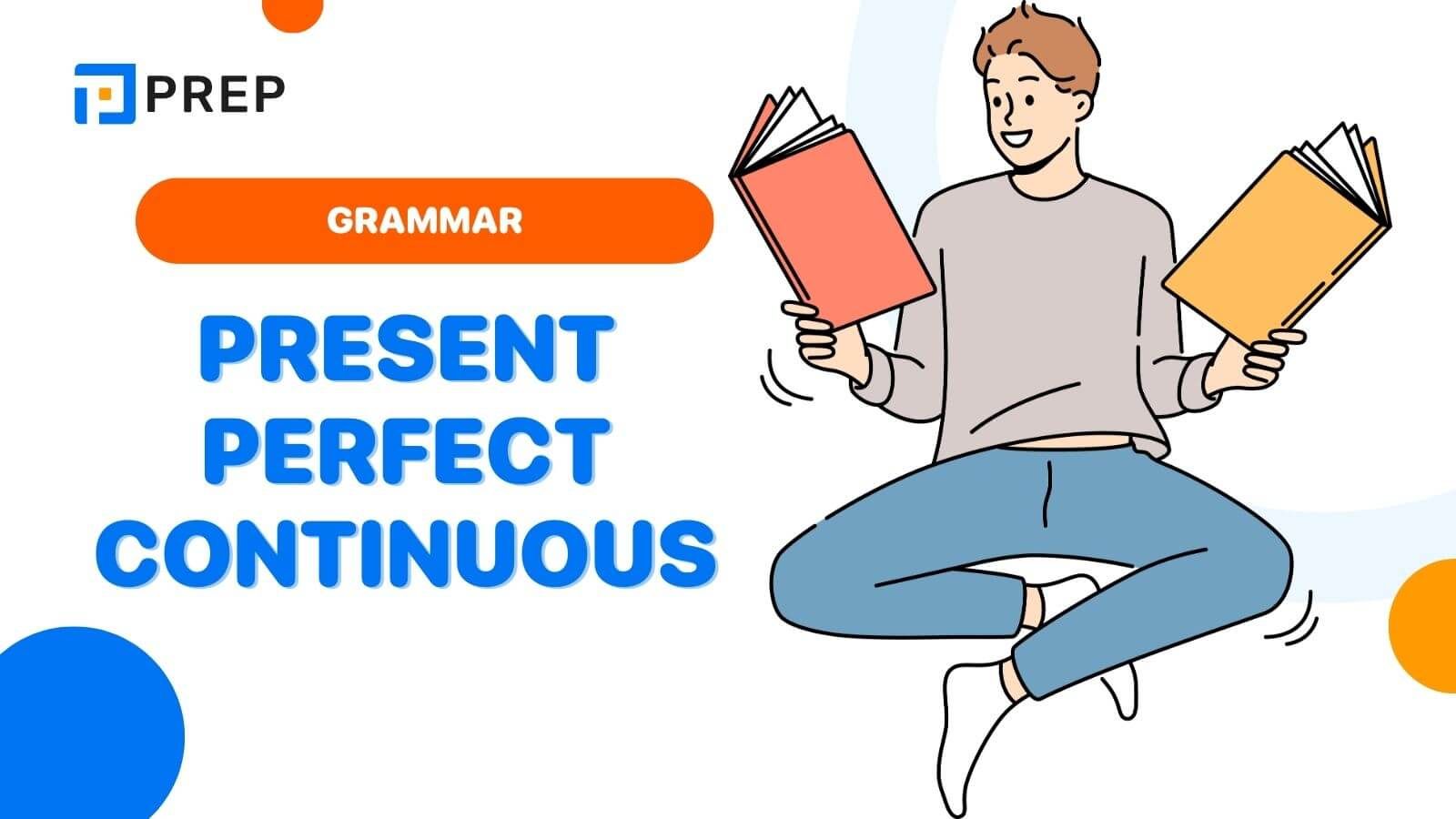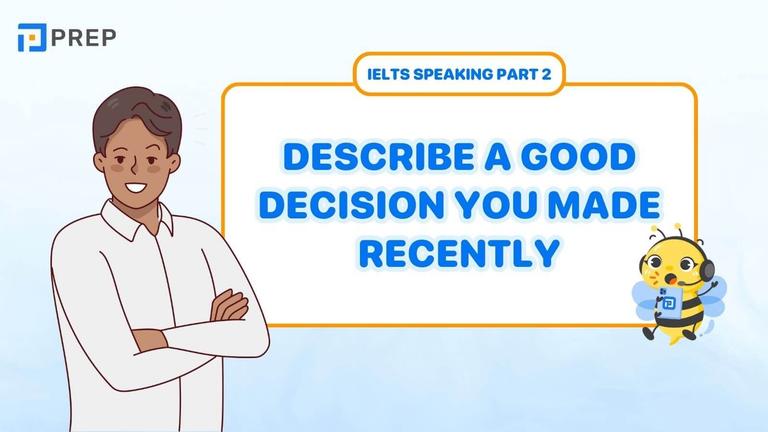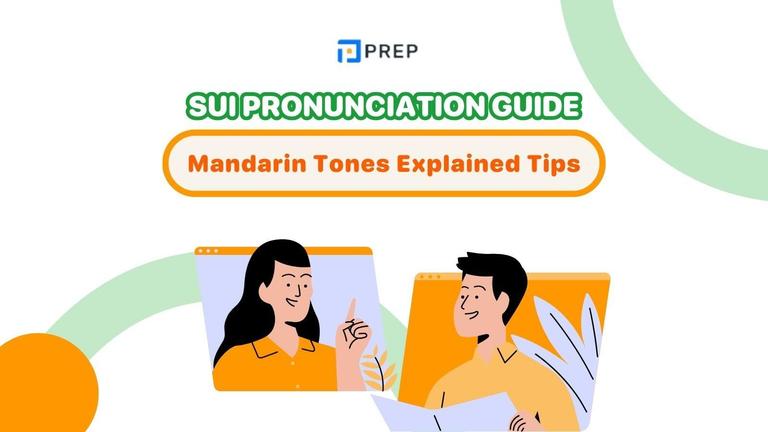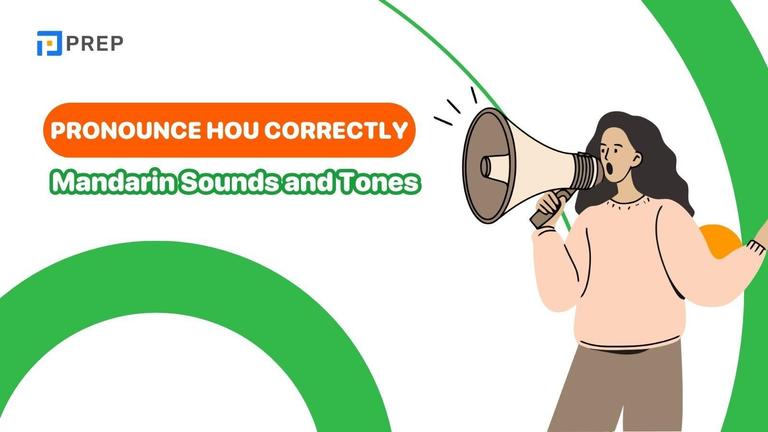Overview of the Present Perfect Continuous Tense in English
The Present Perfect Continuous tense plays a crucial role in English grammar. This article will provide a clear explanation of its concept, structure, and key indicators while also offering practice exercises to enhance understanding.
- I. The definition of Present Perfect Continuous Tense
- II. Structure of the Present Perfect Continuous Tense
- III. Usage of the Present Perfect Continuous Tense
- IV. Identifying Signs of the Present Perfect Continuous Tense
- V. Distinguishing Between Present Perfect and Present Perfect Continuous Tenses
- VI. Present perfect continuous exercises

I. The definition of Present Perfect Continuous Tense
Let’s define present perfect continuous tense! The Present Perfect Continuous tense, also called the Present Perfect Progressive, is used for actions that began in the past and are still ongoing or have recently ended while leaving an effect on the present. This tense highlights the duration of an action rather than focusing on a specific result.
Below are some present perfect continuous tense examples:
-
It has been raining for 2 hours.
-
We have been doing this work since 2018.
II. Structure of the Present Perfect Continuous Tense
The structure of the Present Perfect Continuous tense is categorized into three forms:
|
The present perfect progressive tense |
Structure |
Example |
|
Affirmative |
S + have/ has + been + V-ing |
|
|
Negative |
S + haven’t/ hasn’t + been + V-ing |
|
|
Interrogative |
Have/ Has + S + been + V-ing ? When/Where/Why/What/How + have/has + S + been + V-ing?
|
|
III. Usage of the Present Perfect Continuous Tense
The Present Perfect Continuous tense has two primary uses in English. Let’s dive in the usage with present perfect continuous examples:
-
Describing an ongoing action from the past to the present – This emphasizes the continuity of the action.
Example: Ms. Anna has been teaching English at my school for 15 years. -
Referring to a recently completed action with present effects – This highlights the result of the action.
Example: We have been filling out this unnecessary paperwork for hours, yet it hasn’t helped us reach a solution.
IV. Identifying Signs of the Present Perfect Continuous Tense
The Present Perfect Continuous tense is commonly used with both specific and general time expressions, including all day, all week, since, for, for a long time, in the past week, recently, lately, up until now, so far, almost every day this week, and in recent years.
-
They have been studying for three hours.
-
I haven't been feeling so well lately.
However, many students find the distinction between "since" and "for" challenging. The table below provides a clear comparison to help clarify their usage.
|
Since + specific time point / S + simple past tense |
I have been playing soccer since i was young. |
|
For + period of time |
They have been playing video game all day. |
V. Distinguishing Between Present Perfect and Present Perfect Continuous Tenses
The Present Perfect Continuous vs Present Perfect are often confused. To use them correctly, it is essential to recognize key differences and identifying markers, as outlined below.
|
Present perfect |
Present perfect continuous |
|
Describe an action that has been completed. Example: I have written an email to you. |
Describe an action that is still ongoing up to the present. Example: I have been writing some emails to you. |
|
Focus on the result. Example: You have cleaned the bathroom! It looks lovely! |
Focus on the action. Example: I have been cleaning the bathroom. It’s so dingy here. |
|
Emphasize quantity (answer the question "How many/How much?") Example: She has read ten books this summer. |
Emphasize duration (answer the question "How long?") Example: She has been reading that book all day. |
|
Used with "for," "since," and "how" to describe a state that is ongoing. Example: How long have you known each other? We have known each other since 2005. |
Used with "for," "since," and "how" to describe an action that is ongoing or repeated. Example: How long have they been playing tennis? They have been playing tennis for 2 hours. |
|
Describe an action that has a more permanent nature. Example: She has run a lot for 3 years. |
Emphasize an action that is temporary. Example: She has been running a lot recently. |
VI. Present perfect continuous exercises
To reinforce your understanding of the Present Perfect Continuous tense, try completing the exercises below with the correct form!
1. Exercises
Exercise 1: Conjugate the verbs in the Present Perfect Continuous tense in the sentences.
1. She ______ (work) here for five years.
2. I ______ (study) all day.
3. You ______ (eat) a lot recently.
4. We ______ (live) in London for six months.
5. He _____ (play) football, so he’s tired.
Exercise 2: Complete the questions below in the Present Perfect Continuous tense.
1. How long ……………………………………. for me? (you | wait)
2. What ……………………………… since he returned? (John | do)
3. Why …………………………….. meat lately? (you | not eat) There’s so much snow on
the road. …………………………………………….. all night? (it | snow)
4. Why ………………………………………………… for such a long time? (Sam and Mary | argue)
5. ……………………. my shampoo? There’s not much left. (you | use)
2. Answer keys
|
Exercise 1 |
Exercise 2 |
|
|
Learn more about other present tenses:
-
Present Simple Tense
-
Present Continuous Tense
-
Present Perfect Tense
This article provides a comprehensive overview of the Present Perfect Continuous tense, helping you grasp its key concepts more easily. Stay tuned to PREP for more valuable English learning resources!

Hi I'm Chloe, and I am currently serving as an Product Content Administrator at Prep Education. With over five years of experience in independent online IELTS study and exam preparation, I am confident in my ability to support learners in achieving their highest possible scores.
Comment
Premium content
View allPersonalized roadmap
Most read












